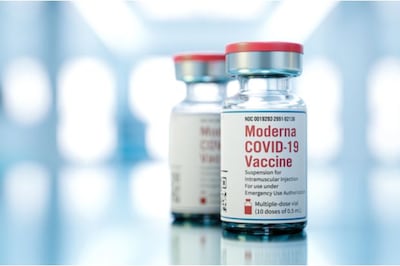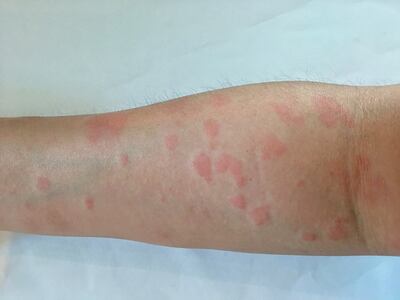AstraZeneca may just have found a worthy successor to its blockbuster PARP inhibitor drug Lynparza. New Phase I/II results from the next generation therapy saruparib just unveiled suggest that it could provide the safety and efficacy benefits promised by its more targeted mechanism.
Key Takeaways
-
AstraZeneca has the lead PARP1 inhibitor in saruparib, but it is still early days in terms of safety and efficacy readouts
-
Already in a Phase III study in prostate cancer, the hopes are that it could be used in more combinations than the first generation drugs
Lynparza (olaparib) inhibits both PARP 1 and PARP 2 enzyme, and it and its class competitors bring with them toxicity problems which limit their dose and tolerability. Saruparib is designed to avoid these problems by only targeting PARP 1 as PARP 2 is thought to be involved with the hematological toxicities seen with the older products.
New results from the PETRA study presented at the American Association of Cancer Research meeting in San Diego on 8 April showed the PARP1 inhibitor helped shrink tumors in just under 50% of patients (31 individuals) with previously treated advanced breast cancer and whose tumors harbored at least one DNA repair defect mutation treated with the 60mg daily dose, which will be carried forward into later studies.
This cohort was drawn from a total of 306 participants, which also included ovarian, pancreatic, or prostate cancer patients who carried mutations in one of five homologous recombination repair genes: BRCA1, BRCA2, PALB2, RAD51C, or RAD51D.
In the breast cancer group, median duration of response reached 7.3 months and median progression-free survival was 9.1months.
Adverse events linked to the PARP 1 inhibitor were still common, seen in almost 77% of patients taking the 60mg dose. Serious adverse events relating to the therapy were seen in 2% and 3.5% of patients stopped the treatment due to side effects.
Nevertheless, the trial’s chief investigator Timothy Yap, of the MD Anderson Cancer Center, in Texas, who was closely involved in developing the first-generation drugs, said saruparib’s profile was a big step forward.
He said its improved pharmacokinetics and pharmacodynamics meant the drug resulted in nausea in one-third of breast cancer patients, compared with the 50% seen with Lynparza and Pfizer’s Talzenna (talazoparib).
Rates of anemia and vomiting were also lower, with just 16% of participants on saruparib requiring a switch to lower doses, compared to around half of those on Pfizer’s drug.
That improved safety and tolerability profile is important, as it could support AstraZeneca’s plans to combine it with other therapies. The PETRA trial also includes arms combining saruparib with AstraZeneca and Daiichi Sankyo’s antibody-drug conjugates, the HER2-targeting Enhertu (trastuzumab deruxtecan) and the TROP2-targeted datopotamab deruxtecan, which is under regulatory review in the US for lung cancer, plus its investigational oral selective estrogen receptor degrader, camizestrant.
However, the new data are just from a small, single-arm trial and the product will need to back up its benefits at Phase III.
Saruparib is already in its first Phase III study, EvoPAR-PR01, which was launched in November. The placebo-controlled study will enrol around 1,800 men with metastatic castration-sensitive prostate cancer receiving physician's choice of new hormonal agents, with a primary readout expected in 2028.
By this time, however, the first generic copies of Lynparza may have reached the US market – a possible first launch is slated for 2027.
Several other firms are developing next-generation PARP inhibitors, with Nerviano/Merck KGaA and Eikon Therapeutics/Impact Therapeutics both having assets in Phase II development (see table).
Merck KGaA also last year signed a €160m deal with Jiangsu Hengrui Medicine for HRS-1167, while Gilead acquired a number of preclinical PARP1 inhibitors with its buyout of XinThera in 2023.
Companies are increasingly looking to develop PARP inhibitors which can cross the blood-brain barrier to target primary and secondary brain malignancies. AstraZeneca is present in this field, with its second asset, AZD9574, also in a Phase I/II study.







